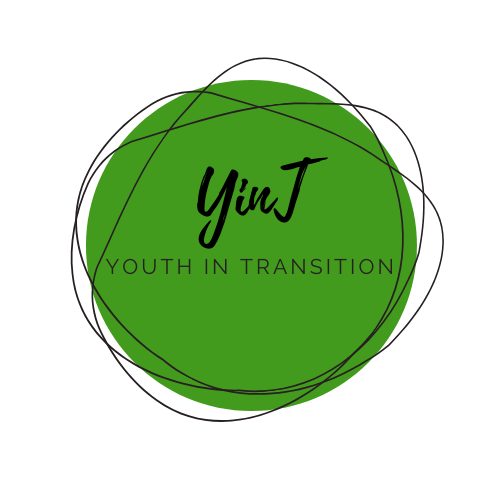4 Introduction to Worldview Dimension
This chapter explores the belief systems of prevailing worldviews and how it changes in different contexts. There is a rebellion in the act of growing consciousness. Young people gravitate to this awareness as they are discovering who they are and what their possibilities are. A ‘systems’ approach emphasises connections between mind, activities, processes, and structures leading to a broader, more comprehensive understanding. Systems’ thinking creates understanding of the connections in the system and how we all are a part. Everything is interconnected, and the connections express certain dynamics. In other words, if we change one part of the system, another part is affected. The first step towards transformation is awareness. This is so important to our understanding of where we come from, where we are now and where we are heading in our personal journey.
In this dimension participants will explore ways to become aware of the current paradigms and conditions for human participation in life processes on the planet and be motivated to share this knowledge with everyone. Youth participation in world view activities gives a broad view both horizontally considering differing perspectives on what is going on in the world and vertically considering our ancestral wisdom and roots. This supports holistic learning not only in world view activities but also in all dimensions. It will create a strong foundation and inspiration to encourage young and energetic change agents to step up, act, and help make a difference in many critical issues that will shape their lives and the planet’s.
The Worldview dimension consists of three thematic areas.
|
Worldview Thematic Area |
Questions to Explore |
Sample Activities |
|
THEME A - REMEMBERING & KNOWING |
Where do we come from? What important qualities did you learn from your & your friends’ elders? How have things changed? |
A.1 Mapping diversity A.2 River of Life A.3 Interviewing grandparents / elders A.4 Deep Sharing |
|
THEME B - VISIONING - |
What are pros & cons of traditional/ancestral worldview? What are pros & cons of modern lifestyle? How is nature impacted by modern lifestyle? What do we need for sustainable futures? |
B.1 Widening Circles[1] B.2 Identify & Reflect on prevailing World View B.3 Visioning & Backcasting sustainable futures (best from roots and best from modern synthesis) |
|
THEME C - TRANSITIONING |
What gives us motivation for social and environmental work? What inner qualities do we need to sustain us for social change? |
C.1 Becoming conscious change agents C.2 Harvesting Gifts of ancestors (Appendix 13) |
[1] Widening Circles and Harvesting the Gifts of Ancestors are adapted from “The Work that Reconnects” Joanna Macy et al.


0 comments
Leave a comment
Please log in or register to post a comment